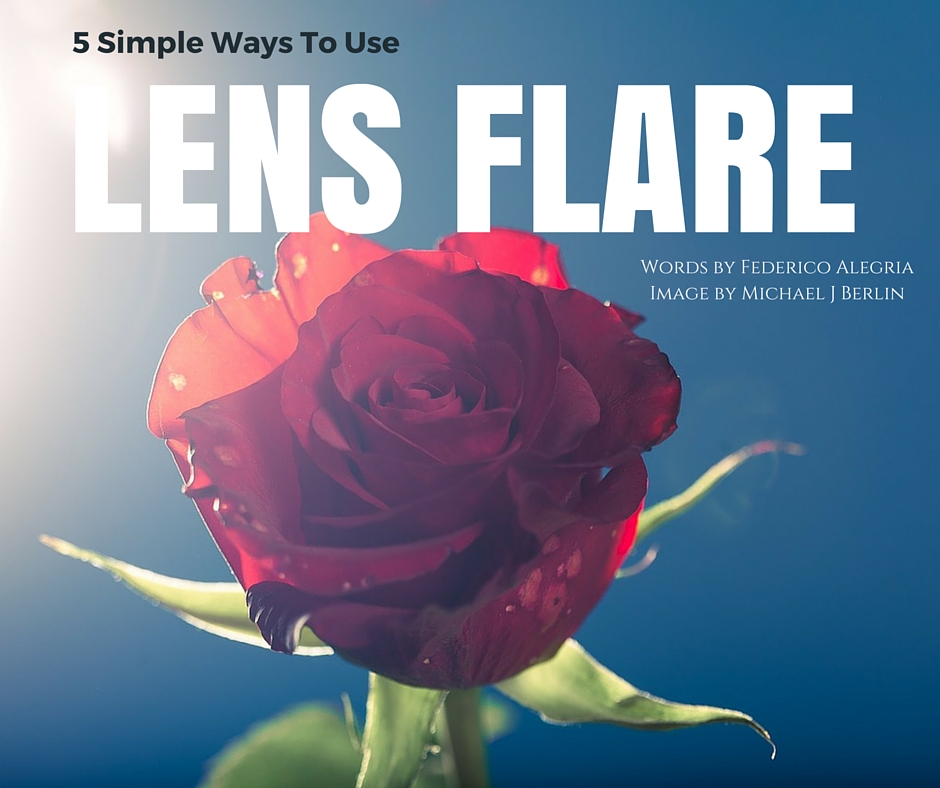
Lens flare is a peculiar light that infiltrates through the lens and creates polygonal, veil-like and spiky shapes in the actual image captured by the camera's sensor.
These artifacts can enhance the artistic meaning of a photograph. I truly believe that when any element is used in a media, one definitely needs to understand the whole context to enhance a final composition.
Flare occurs when light covers the surface of the front element of any lens in a different direction from the angle of view of the optical element.
Light has the ability to leak anywhere, and when light touches the front element of a lens, some light will leak inside the lens barrel – and therefore, reach the sensor – when the camera's shutter opens.
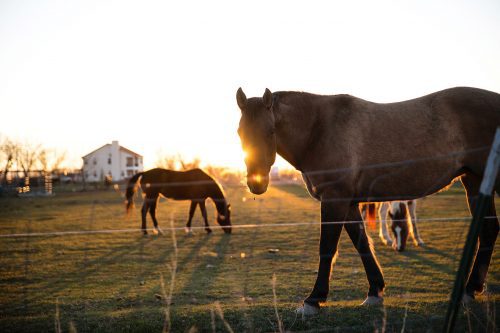
One thing that many newcomers to photography will notice is that each lens has a different lens hood. This is because each hood is engineered to block lens flare for a specific lens, and they are great evidence of optical engineering.
There are two common lens-hood shapes: tulip petal and round. Basically, the funny tulip-petal-shaped hood works with wide-angle lenses, while round hoods work from 50mm and beyond. They are this way because the angle of view of the lenses.
Every time you attach an improper lens hood (one that hasn't been engineered for that particular lens) the risk of (or opportunity for) lens flare increases. Knowing this, the easiest way to achieve natural lens flare is to shoot without a lens hood.
Sun flare can be at it's most beautiful and effective just before sunset, so it's probably worth checking out this guide to mastering “Amazing Sunset Photography” by Brent Mail; teaching you how to create amazing sunsets every time.
Lens flare according to Lens Type
Since prime lenses have fewer internal moving elements, they’re less susceptible to lens flare than zoom lenses. Lenses with more complicated internal elements – like ones that zoom from wide-angle to telephoto – are even more prone to lens flare.
Using Lens Flare to Guide the Viewer
Lines are common compositional elements used to guide the reader’s eyes. Lines can be found in four states:
- Horizontal,
- Vertical,
- Organic,
- Implied.
All of them help the story of the photograph to take place in the way it is intended by the photographer. All these lines can be aided with lens flare and light leaks.
Lens flare can also lead the viewer's eyes by creating a point of interest in the image, close to the main subject, almost pinpointing it, so the eyes go directly to that particular subject.
Use Lens Aperture to Permit more Light Leaks
All lenses are engineered differently, and all of them have a “sweet spot”, or an optimal aperture at which they are the sharpest. Not all shooting circumstances allow us to shoot at the sweet spot aperture. But that’s no problem because to get more lens flare you need to get far away from that sweet spot.
It doesn’t matter if it’s wider or tighter – light leaks are more easily achieved when not shooting at the lens’s optimal aperture. The only difference between a wide aperture and a tight aperture is the shape of the lens-flare artifacts.
The sweet spot of a lens is, in most cases, two f-stops from the lens’s widest aperture. If you have a f/1.4 lens, the sweet spot should be f/2.8, and if you have an f/2.8 lens, your sweet spot should be f/5.6. It’s basic and beautiful mathematics.
Sun flare can be at it's most beautiful and effective just before sunset, so it's probably worth checking out this guide to mastering “Amazing Sunset Photography” by Brent Mail; teaching you how to create amazing sunsets every time.
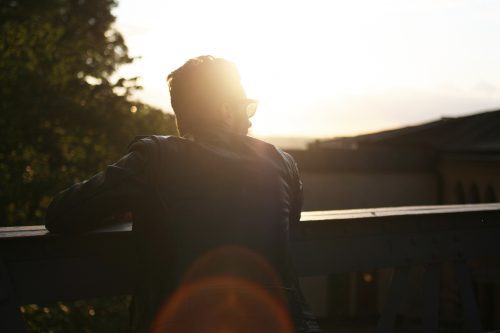
Use Lens Flare to Enhance Certain Moods
We can substantially enhance the mood of a picture by using lens flare. You can see it in many movies as well, from sci-fi to romantic, from drama to animated.
Let’s say you’re a wedding photographer who is going to shoot a couple in an engagement session. The mood must be romantic, and lens flare will definitely help you achieve this.
The different forms and shapes of lens flare will help, because they have a certain impact on reducing contrast in a picture – especially those light leaks that create a beautiful long veil of light in a big section of the photograph.
When doing this, aim for a washed look in the picture. Remember to use complementary colors when the light leaks are present in the image, so it won’t look fake and weird.
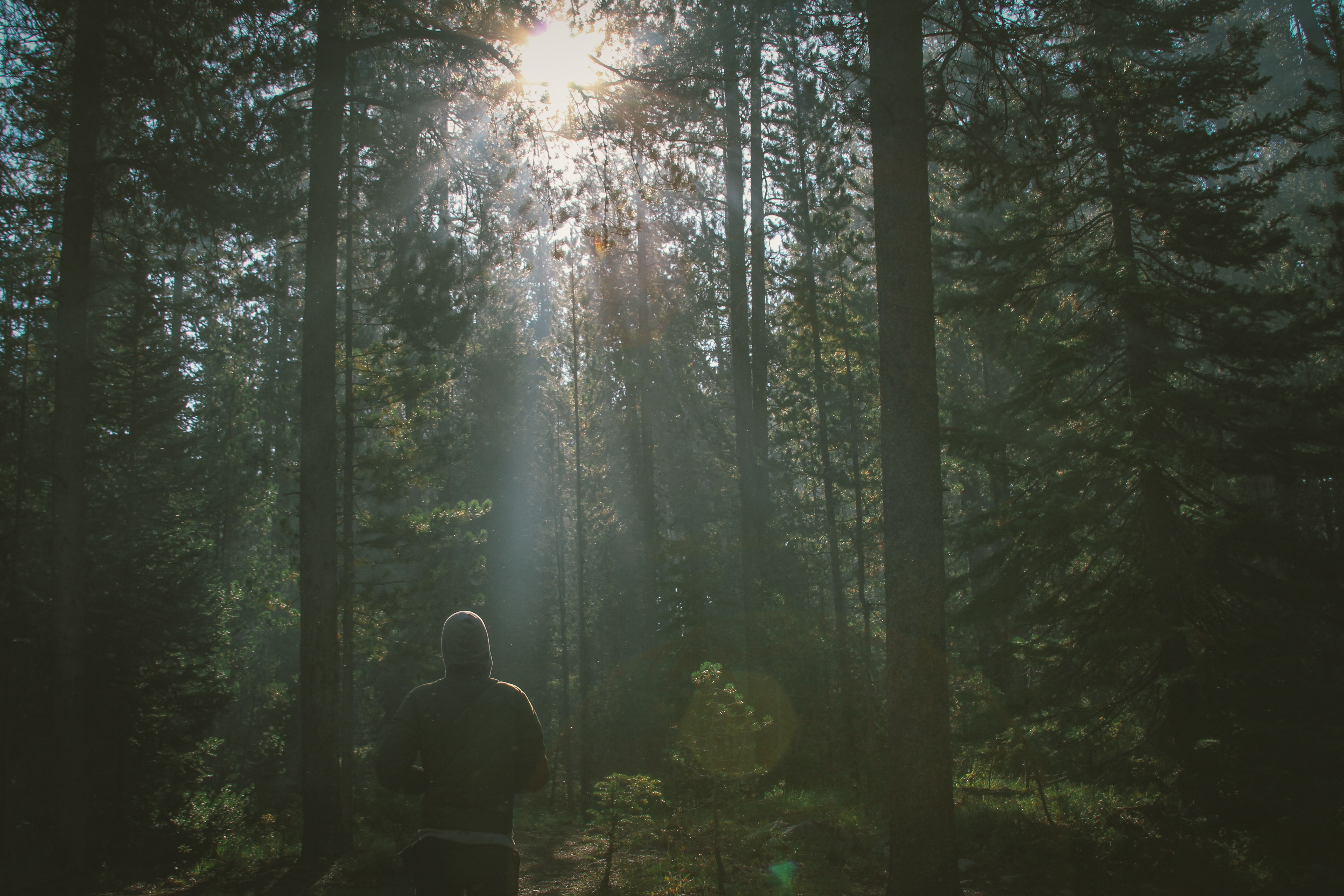
Old-School Lenses allow more Lens Flare
Old lenses are still great tools for modern photography because they were built to last. Two things are obvious when you compare old lenses with modern-day optics.
- The first and most obvious is the presence of electronic components, like the electric contacts in the bayonet and focus motors.
- The other thing is the level of perfection of the new coatings. Old lenses were manufactured to their era’s highest optical quality, but things have evolved, and the new materials allow fewer light leaks thanks to modern coatings in the internal and frontal elements of lenses.
5 Ways to shoot
Your point of view will affect lens flare, so it’s good to know which of these maneuvers will create more flare:
- Shooting into the Sun: When shooting directly into the sun, or a subject is in sun’s direction, it will be entirely possible to get light leaks and lens flares in the picture.
- Think Silhouette: To achieve silhouettes, you need to shoot with smaller apertures, like f/16 or even f/22 if the sun is getting in the way. By applying tight apertures, you’ll be getting away from the lens sweet spot, which will make it easier for you achieve lens flare.
- Use Manual Mode: Manual mode is the shooting mode that gives you the most control of all the shooting modes available, in all cameras. Lens flare tends to happen in “inadequate exposures” in the camera’s mind.
But let’s not rely on the camera’s poor perfectionist brain. We want creative results, so we need to take complete control of the situation. - Shoot at an Angle: When shooting from a low angle, the possibilities of capturing lens flare tend to increase. Also, shoot from angle relative to the direction of the light source.
Of course, without a lens hood, the light coming from a different direction than where the camera is aiming can create the lens flare inside the camera’s body. - Watch your Focus: When focusing, the internal elements of the lens move and this might help achieve lens flare.
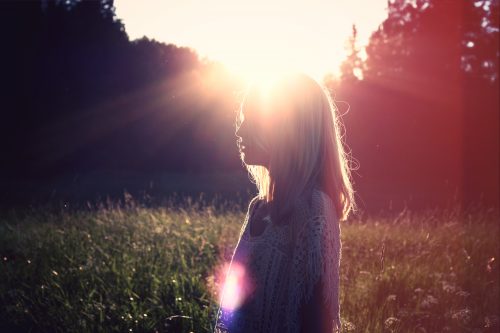
When all is said and done, don’t be afraid of lens flare. Try to capture it “with purpose”, thus supporting your concepts.
Sun flare can be at it's most beautiful and effective just before sunset, so it's probably worth checking out this guide to mastering “Amazing Sunset Photography” by Brent Mail; teaching you how to create amazing sunsets every time.
Further Resources
- How to Use Old Lenses and Speed Boosters With Your New Camera by Jason Row
- 4 Simple Strategies to Awaken Your Photographic Creativity by Jason D. Little
- A Guide to Creating Mood in your Images by Jason Row







1 Comment
I love to use lens flare in images or video that convey a futuristic feel. It can be really effective in a science fiction setting to create an otherwordly look.